ANSTO is a unique national science organisation that began operating under its predecessor The Australian Atomic Energy Commission (AAEC) 70 years ago.
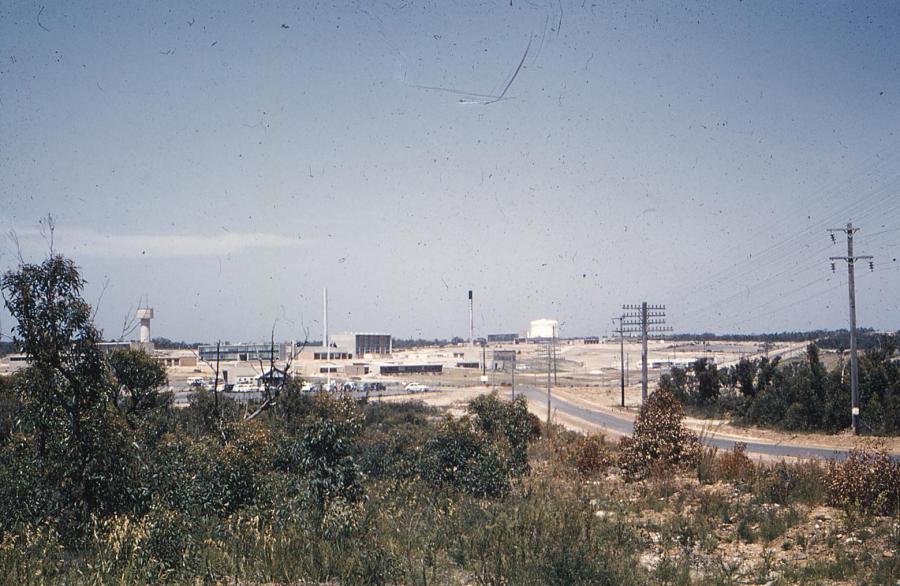
³Ô¹ÏÍøÕ¾ landmark infrastructure (including the operation of the multi-purpose reactor OPAL), sovereign capabilities and world class expertise have supported and continue to be used for the peaceful applications of nuclear capabilities and technologies in that time.
This landmark infrastructure and sovereign capabilities have enabled great Australian science by a wide and diverse community of academics, scientists and industry representatives.
Thousands of users rely on access to nuclear and accelerator techniques at the Australian Centre for Neutron Scattering, The Australian Synchrotron, the Centre for Accelerator Science and the ³Ô¹ÏÍøÕ¾ Deuteration Facility to carry out investigations at the level of a molecule or atom.
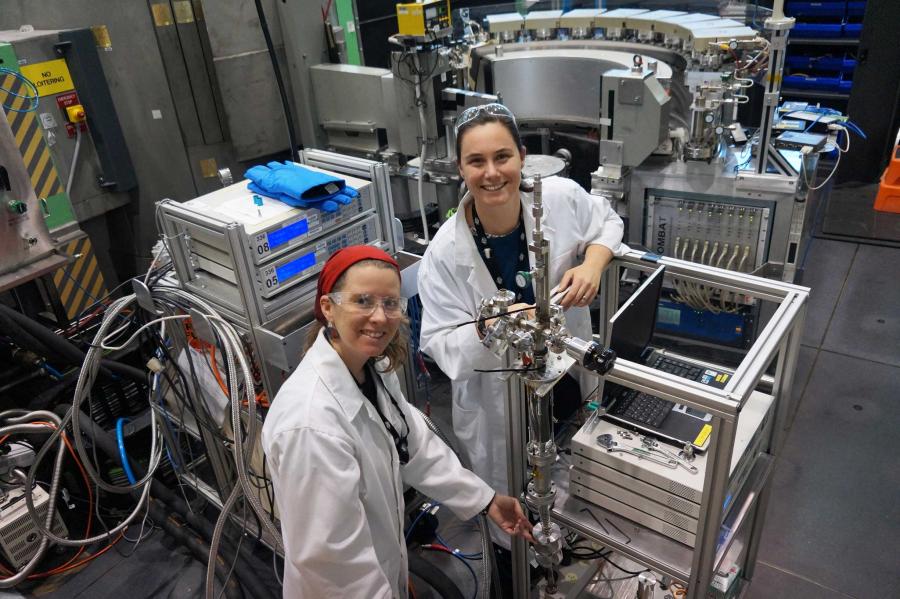
This research which is driven by external users with infrastructure support from the Australian Government, has helped Australia become leaders in biomedical research, advanced manufacturing, climate change, energy systems, resources, and agriculture.
Ultra-sensitive, fast and generally non-destructive techniques are used to characterise and improve materials, solve challenges in industry, decipher the past and develop the technologies of the future.
They often bring great insights not attainable with conventional methods.
The history of ANSTO which commenced in 1987 with the ANSTO Act set a clear direction for the organisation to use its facilities and undertake activities to address challenges and priorities, support innovation and bring benefits to Australia.
ANSTO facilities have supported achievements too numerous to describe but extend to COVID research, new cancer diagnostics and therapies, developments in advanced energy systems, electronics and quantum materials, agriculture improvements, and cultural heritage.
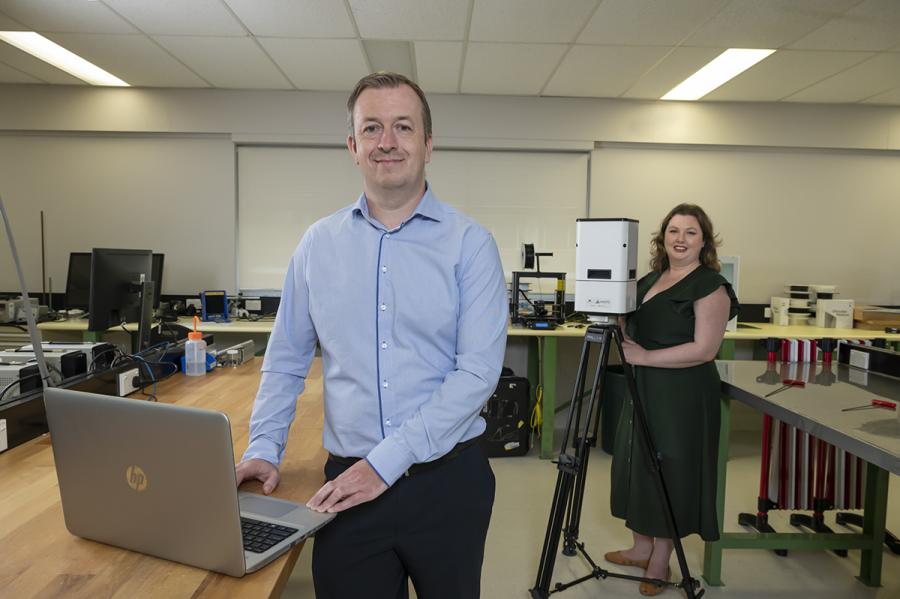
There have numerous technology transfer successes including improvements t the technetium-99m delivery technology , to predict the service life of components, the membrane technology ,;the advanced technology platform for the encapsulation, transport, delivery and controlled release of bioactive molecules ; the waste encapsulation technologyand more recently the radiation detection and imaging technology .
ANSTO Research: Historical perspective
From the earliest operation of the now decommissioned MOATA and HIFAR reactors to OPAL, supporting scientific research using nuclear techniques to benefit Australia has been a concurrent activity at ANSTO.
Scientific research has been linked to the safe and efficient operation of a multi-purpose nuclear reactor, which supplies neutrons to a suite of instruments and a long association with the International Atomic Energy Agency.
Interestingly, research under the AAEC and prior to the legislation banning nuclear power in Australia, included investigations of nuclear-powered reactor technologies.
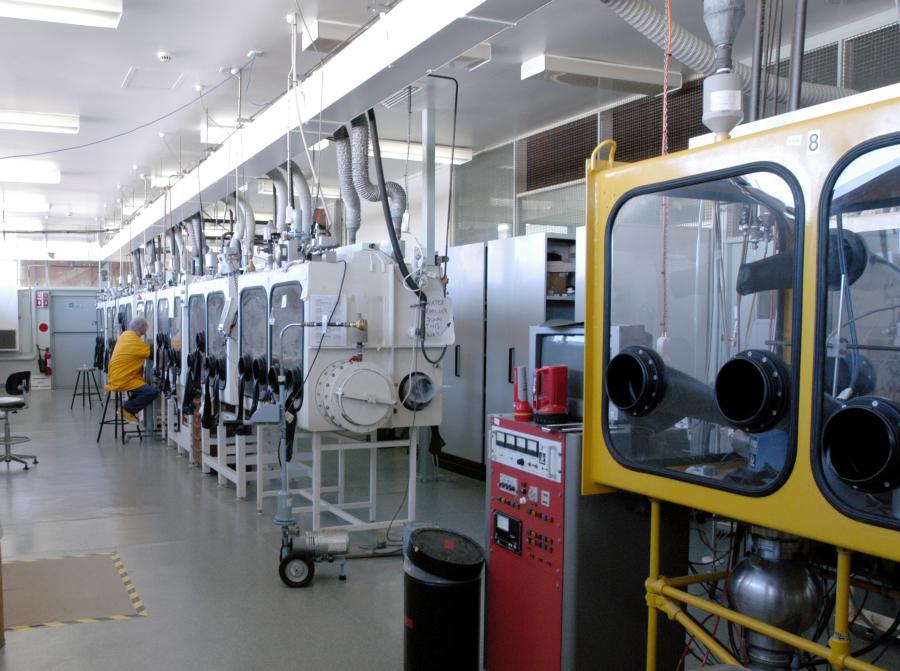
Knowledge of nuclear technologies from the operation of a working reactor made ANSTO the source of nuclear expertise in Australia. Related research on characterising nuclear fuel, developing nuclear waste forms and nuclear safeguards science were natural areas of activity.
Over the years ANSTO built up a suite of specialist facilities and the skills needed for the handling of radioactive material for research purposes.
This rich research stream produced the innovative waste encapsulation technology ANSTO Synroc®, which will be used for encapsulating waste form the production of nuclear medicine in a new, advanced facility at Lucas Heights.
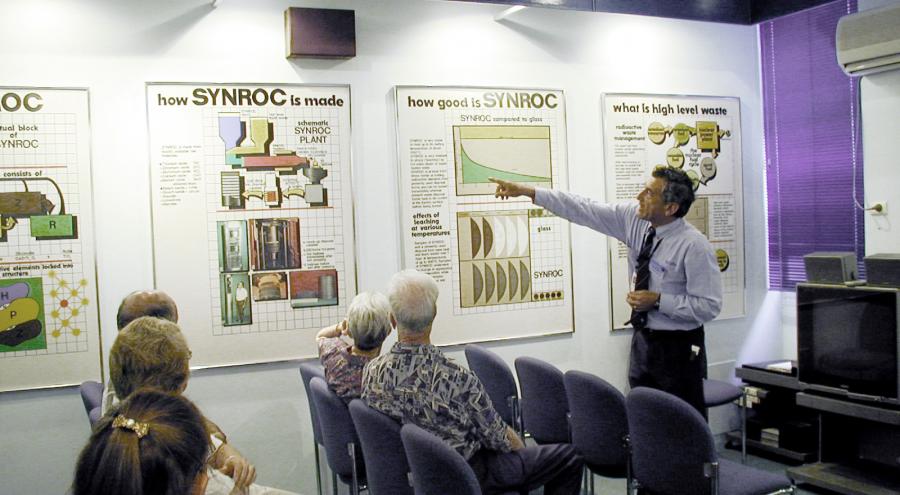
Today ANSTO monitors and contributes to the development of advanced reactor technologies, such as the Generation IV reactors and fusion reactors and keeps the government informed of progress internationally.
Environment
Monitoring of the local environment in proximity to the operating reactor led to the evolution of a portfolio environmental research with a focus on the impact of contaminants on land, in the oceans and atmosphere and studies relating to climate change.
Highly sensitive techniques to measure minute amounts of radiocarbon and other radioactive isotopes from environmental samples was pioneered at ANSTO is now in great demand.
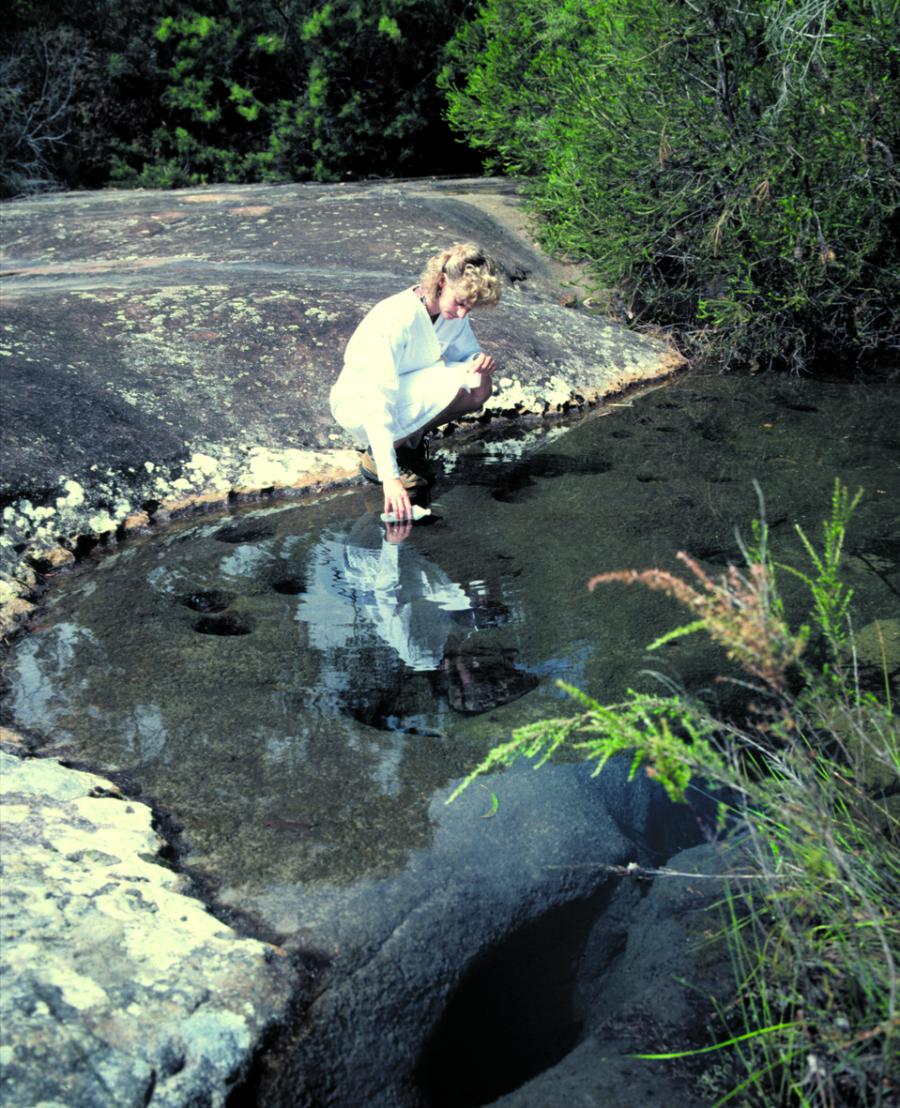
Stable and radioactive isotopic techniques provided a foundation for a comprehensive understanding of Australia’s precious water resources. With decades of experience, ANSTO is a leading water research organisation.
The development of the best radon detectors in the world facilitates the characterisation of air masses.
Using highly-sensitive accelerators, ANSTO scientists are expert in the detection and monitoring of fine particle pollution.
ANSTO environmental scientists acquired a deep knowledge of the use of isotopes as tracers in any environmental systems that is now a core competency and crucial for climate change research
Isotopes have in the last decade become an important tool in investigations of food provenance.
Health
In the area of human health, the focus has been on the beneficial use of radiation.
Because historically ANSTO been the source of radioisotopes and radiotracers for use in nuclear diagnostic imaging and some therapeutics in Australia, knowledge and expertise in the supply and use of these biomedical materials has grown significantly.
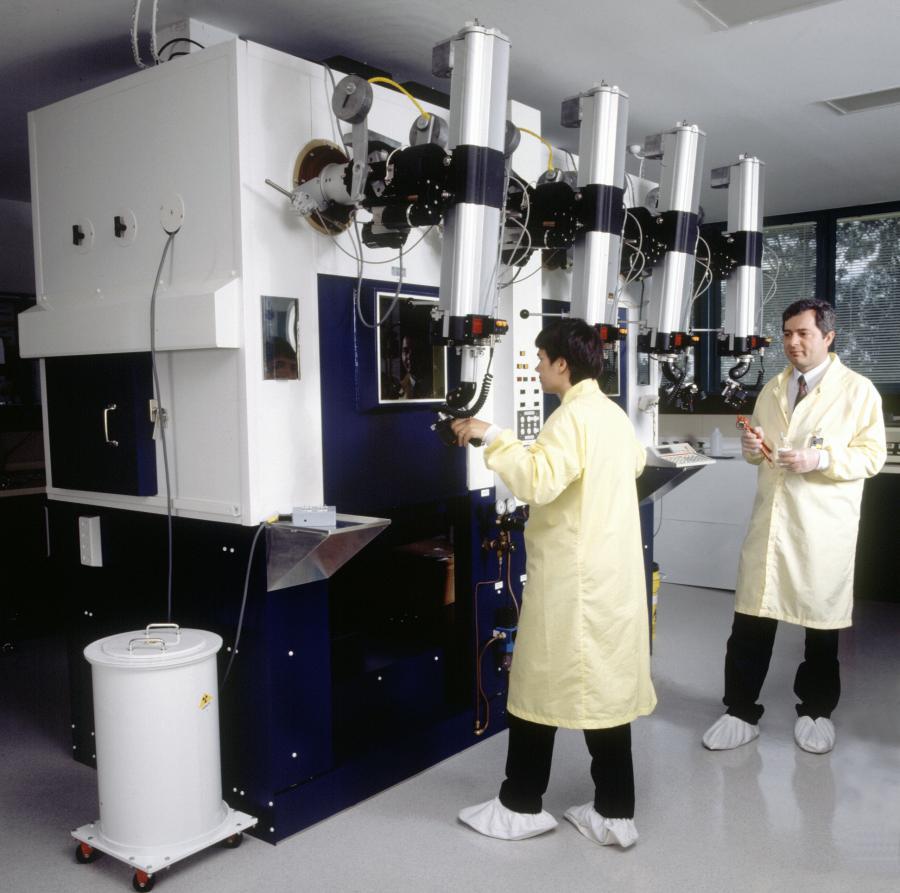
ANSTO has the expertise and capabilities to supply radioisotopes and undertake characterisation, radiation biology and preclinical imaging studies to develop and evaluate radiopharmaceuticals.
Foundational work on a new “chelator” technology as a powerful molecular imaging agent to diagnose disease, evaluate response to treatment, led to the development of an innovative new therapeutic by clinicians, researchers ad industry partners.
ANSTO was part of an Australian biopharmaceutical collaboration that developed an innovative cancer diagnostic agent, which can be used to detect and potentially monitor metastatic prostate, bladder and pancreatic cancers using SPECT/CT.
A number of other cancer therapies rely on radioisotopes supplied by ANSTO, including lutetium for clinical trials and rhenium-188 for non-melanoma skin cancers.
Health researchers design and optimise treatment tools and methods using nuclear techniques, model complex radiation physics and use nuclear techniques to understanding the neurophysiology of the brain and characterising key processes and pathologies.
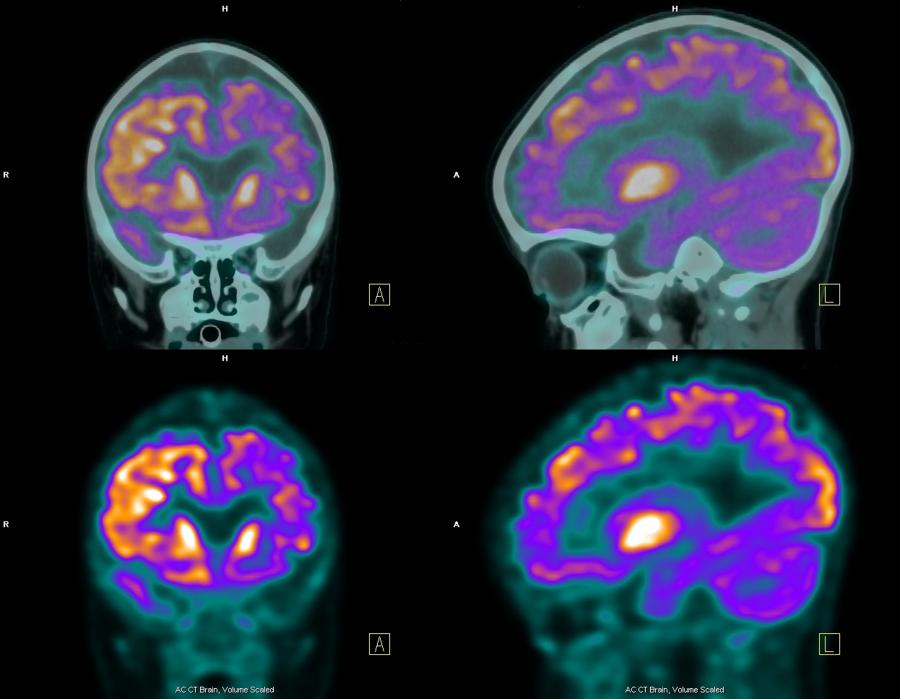
The creation of the first healthy mouse without the evolutionary conserved mitochondrial translocator protein (TSPO) , long thought to be essential for life, was an important scientific breakthrough. Developed at ANSTO, it paves the way to new diagnostics and treatments for inflammation, dementia, obesity and cancer.
An advanced form of radiation treatment known as neutron capture enhanced particle therapy () shows great promise for difficult to treat cancers and is attracting world-wide interest.
Australian Synchrotron scientists have collaborated with academic and clinical partners on the development of an advanced diagnostic technology using micro-radiation, for the detection of cancer in dense breast tissue.
Head of research at ANSTO Dr Suzanne Hollins said it was a watershed moment for ANSTO and the historical achievements provided a strong foundation for future pathways to use nuclear science and technology to deliver the highest standard of research for the benefit of Australia.






